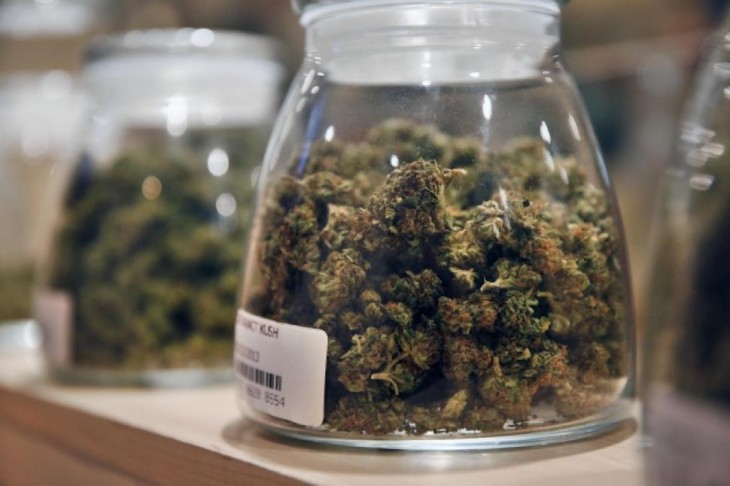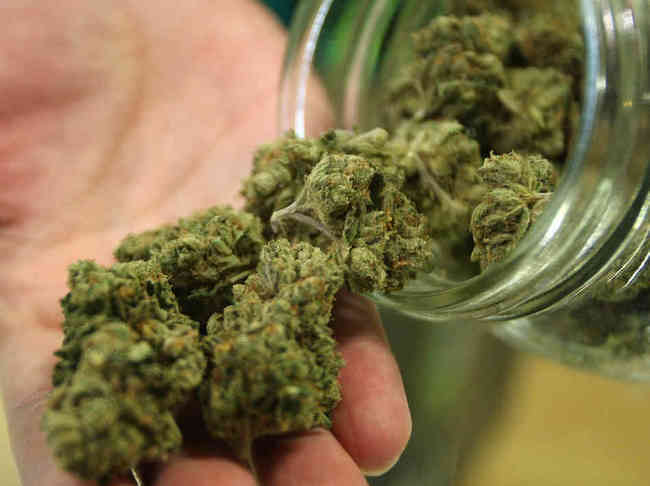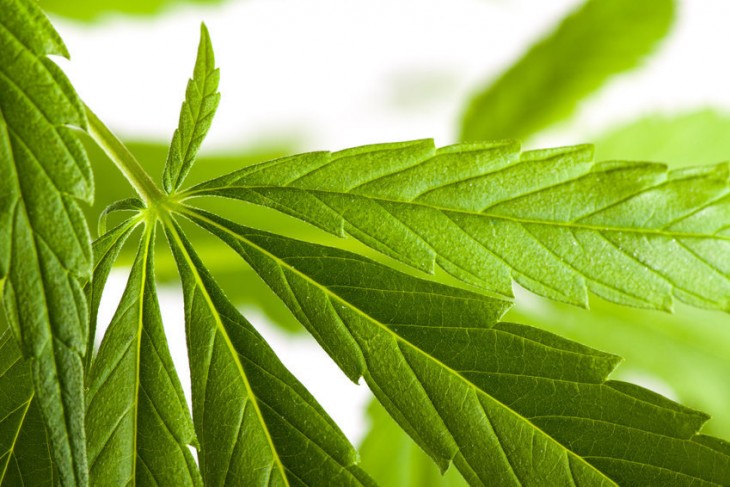Do you know what happened to Medicare’s prescription drug benefit program in America in 2013 after 17 states and the District of Columbia had launched medical marijuana laws? Lower prescription drugs resulted in savings of $165.2 million! Why? Pain and insomnia are widely helped by marijuana, a naturally growing substance, though genetically modified, as compared to all the harsh chemical allopathic stuff. Instead of 17, if all 50 states had implemented medical marijuana laws, the savings could have been $468 million, about 0.5%. Would you recommend such a liberal policy? Authorities say ‘yes’ and ‘no’ in an ongoing debate that would probably see more liberalization during the presidential elections in November. So far, 25 states have gone green, medically speaking.
Attitudes are changing, and people no longer think that teenage abuse, addiction or gateway to hard drugs is the truth about marijuana that has suddenly transformed from devil to angel. Considering that marijuana continues to remain a Schedule 1 drug in Federal terms under the Controlled Substances Act, indicating that it has no medical benefit and could be dangerously addictive and harmful to health, research is by unravelling the truth and pointing out the pros and cons. As part of the exhaustive findings, prescriptions for Medicare Part D numbering more than 87 million physician observations were studied across 2010 to 2013.
Narrowing down findings resulted in nine conditions where marijuana might play a crucial part and for which FDA has approved a medication or more. Anxiety and depression, glaucoma and nausea, pain, psychosis and seizures, sleep disorders and spasticity are those nine areas of study.
The Schedule 1 status is certainly not accepted by 25 states so far that accepted medical marijuana laws. California was the first to give the green signal in 1996 for medical marijuana. Alaska, Washington, and Oregon went a similar way in 1998. In June 2016, Ohio and Pennsylvania implemented medical marijuana laws.
Strangely enough, states are dissimilar within the same Federal boundaries and differ regarding marijuana use, cultivation and possession rules. While physicians can recommend marijuana treatment, they cannot prescribe marijuana medication. How do patients reach the stuff, then? They cannot approach a pharmacy either for a prescription. They either go to a dispensary or grow the pot themselves. How many plants the patient can grow is also decided by the particular state rules. Trained healthcare professionals hardly supervise the treatment!
David Bradford believes the lack of medical supervision could result in patent problems with the management of high blood sugar or cholesterol with negative results. Research continues with Medicaid, which is a joint federal-state program that helps older patients with medical expenses.









